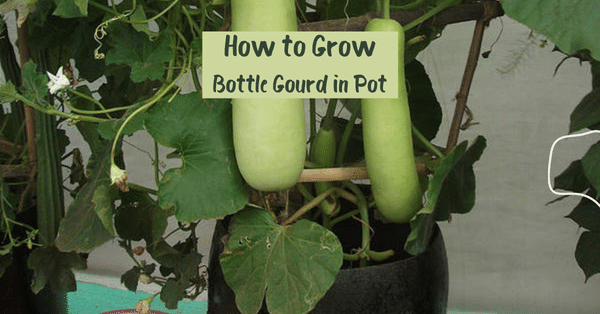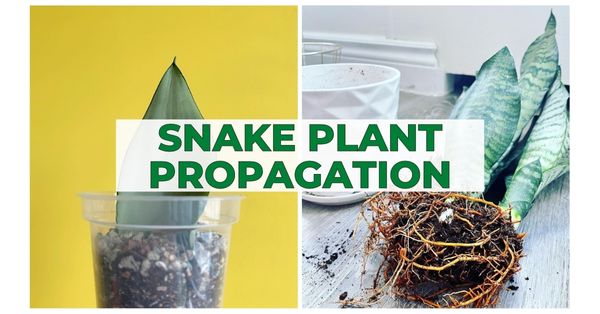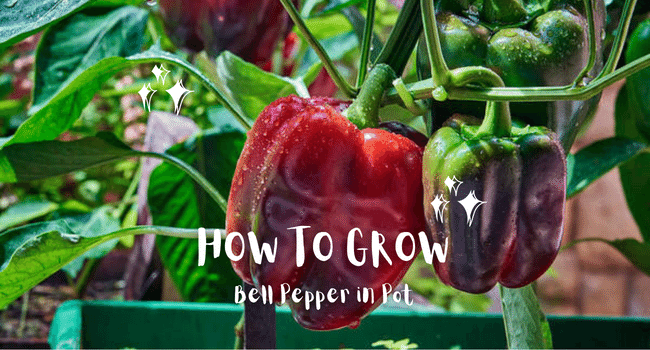How to Grow Lemon in Pot | Container Lemon Care Indoors
Growing lemon in pot is rewarding and fun! You can learn all about growing lemon in the pot by going through this post.
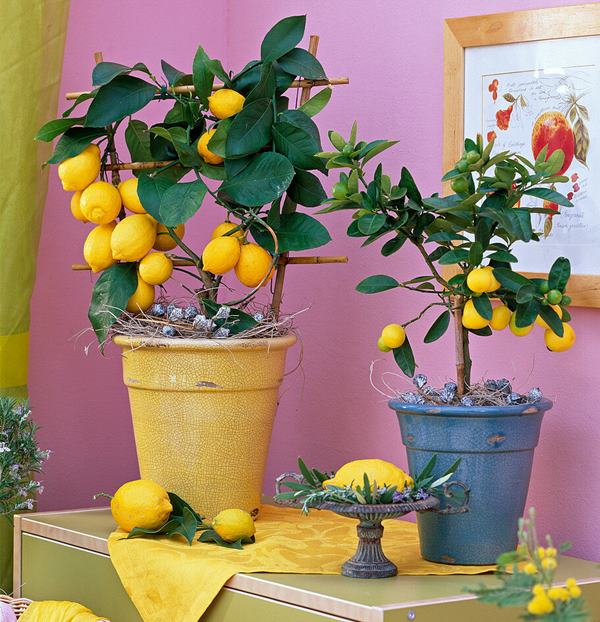
Lemon is a citrus delight used to add flavors to many cuisines and obviously make lemonade. Growing lemon is highly rewarding, and luckily, lemon is among the trees that grow in pots. So, not only is growing lemons in containers possible it has many benefits as well. By growing lemon in the pot, you’ll save up space and protect the plant by moving it indoors in winter. Plus, relocating the lemon tree is easy when grown in pots. Here is all you need to know about growing lemon tree in a pot!
How to Grow Lemon In Pot
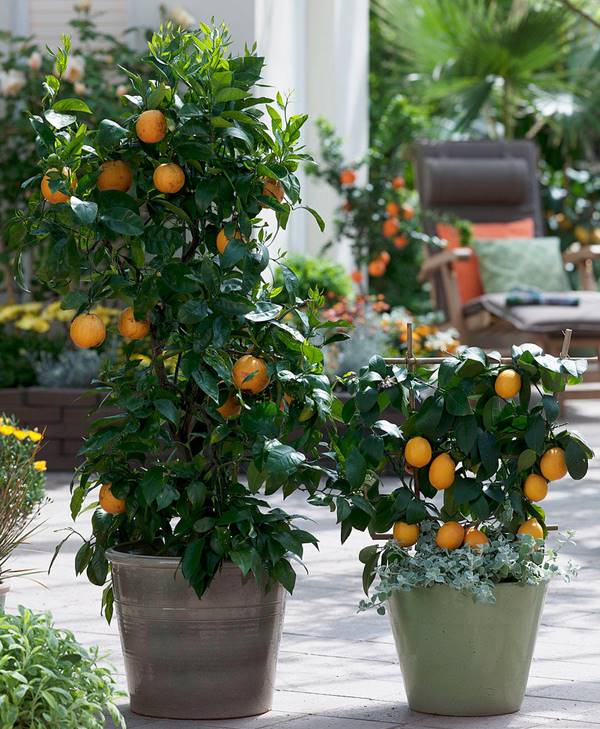
Locate the pot at a spot where it receives 6-8 hours of direct sun. Keep the soil consistently moist and water when the soil becomes dry an inch below the surface. Use well-draining loamy soil and add sand to it to improve drainage. Feed the plant with a fertilizer designed for citrus plant species.
Propagating Lemon Tree
You can propagate the lemon tree from seeds; however, it takes around five years before it fruits. Growing lemon trees from cutting is also an option, but only if root rot isn’t a common problem in your area. Commercially grafted trees are your best bet as they’ll start to produce lemon fruits in a couple of years and that too of superior quality. Also, nursery-grown lemon trees use a more diseases resistant root system for budding or grafting!
Choosing the Variety
If you plant to grow lemon in a pot, choosing a variety well suited for pots is crucial. Improved Meyer, Lisbon Lemon, and Dwarf Eureka are some of the best lemon cultivars you can grow in pots. In addition to that, make a trip to the local nursery and ask around for some of the best dwarf lemon cultivars. Buy the plant that’s about a couple of years old, so you won’t have to wait too long for it to fruit.
Choosing the Container
The size of the container will depend on the cultivar you choose. For dwarf lemon cultivars, a pot ranging from 14-16 inches in diameter will work well. Plastic pots are best as they’ll be easy to relocate, but terracotta pots will also do fine. Make sure the pot has drainage holes at the bottom!
Re-Potting
Repotting lemon is needed when it outgrows the old pot, which takes around a couple of years. Spring is the ideal time to repot lemon, although, in tropical regions, you can report lemons in winters as well. Go for a pot one or two sizes large than the previous pot.
Location
Lemon trees love to bask in the sun so locate it at a spot where it receives a minimum of 6-8 hours of direct sunlight. If you plan to grow the lemon tree indoors, place the pot near a well-lit window. Investing in grow lights is also a good option if there is a lack of adequate sunlight.
Soil
Go for a well-draining potting mix rich in organic matter as the lemon tree doesn’t like to sit in water. Loamy or sandy loamy soil is ideal for growing lemon as these soils have good drainage. Lemon prefers slightly acidic soil with a pH ranging from 5.5 to 6.5.
Watering
Watering the lemon tree is crucial, especially in the initial days when the plant is not well established. The rule of thumb is to check that the soil is dry an inch below the surface before watering the plant. In summers watering lemon twice a week is sufficient, whereas as the temperature drops, reduce watering to once a week.
Temperature
The ideal temperature range for growing lemon trees is 50°F to 82°F. However, some varieties such as “Meyer” Can tolerate temperatures as low as 24 Degrees F. If the temperature in your region falls below 30 degrees F, move the pot indoors. Prolonged exposure to such freezing conditions can cause the death of your lemon plant.
Growing Lemon Tree Indoor in Pots
The main problem with growing lemons indoors is finding a spot with adequate sunlight. Generally, south-facing windows have sufficient sunlight throughout the day. You can also place the pot on the balcony where there is ample sunlight reach. In case of inadequate sunlight indoors, install grow lights for the proper growth of the plant.
Lemon Tree Care in Pot
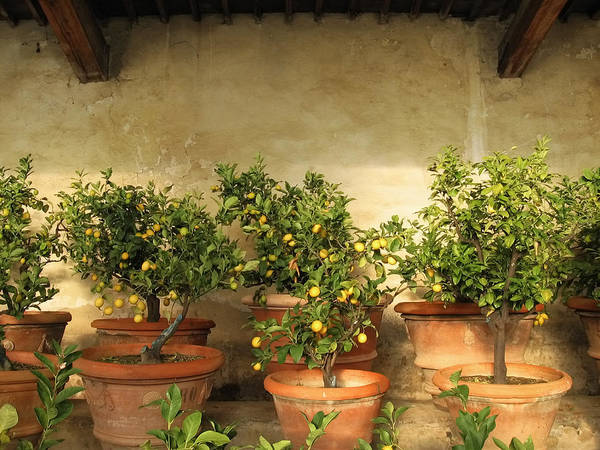
Fertilizer
Citrus plants, including lemon, are heavy feeders, so it’s important to fertilize the plant for a bountiful harvest of juicy lemons. Choose a citrus fertilizer made especially for citrus plants and fertilize twice a month in the growing season. Fertilizer that contains micronutrients such as iron, manganese, and zinc is ideal. A slow-release well-balanced fertilizer will also work!
NOTE: Feeding a well-rotted compost or plain yogurt once in a while is an organic way to boost plants growth!
Harvesting
Lemon picking isn’t challenging; you simply need to take the fruit in your hand and twist it till it breaks free. Lemon is ripe when it turns yellowish-green to yellow. It’s better to pick the fruit early than waiting too long as overripened lemon fruits turn squishy.
Pests & Diseases
As lemon belongs to the family citrus trees, pests usually tend to steer clear of it. Some common garden pests such as aphids, mealybugs, and scales can cause damage to some extent. Apply insecticidal soap solution or neem oil solution over the plant to deter such pests. Apart from root rot caused due to overwatering, there isn’t much that can go wrong with this plant.

